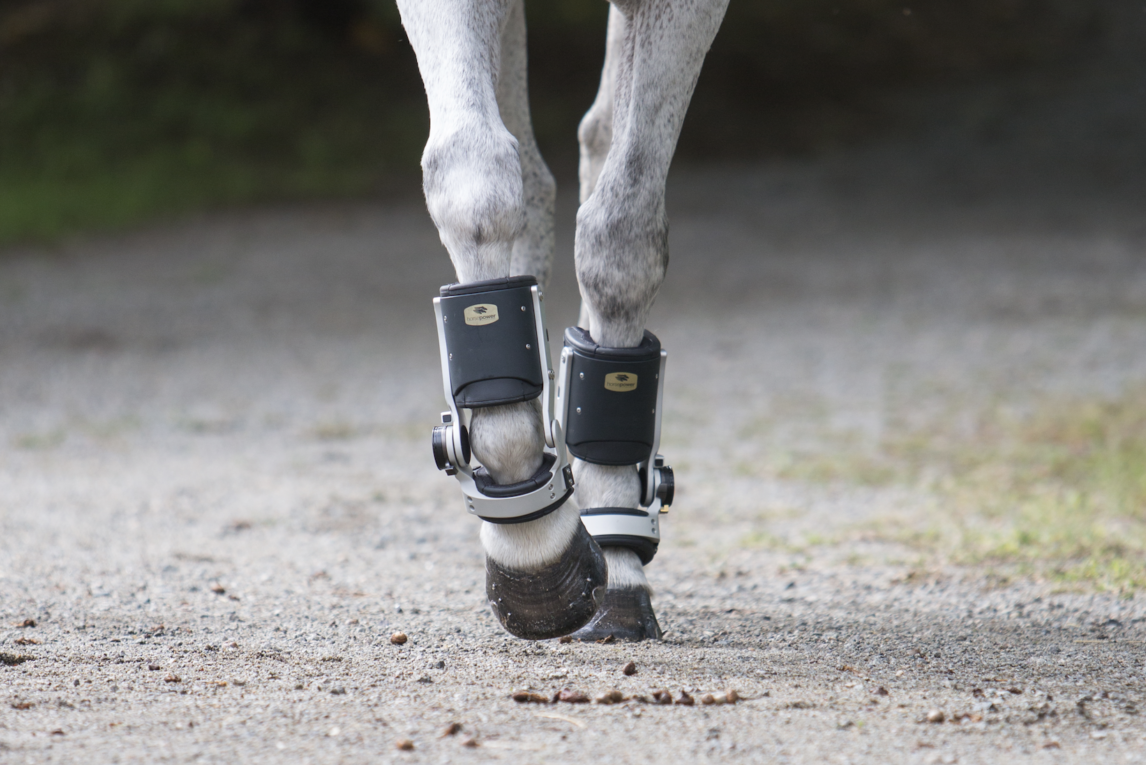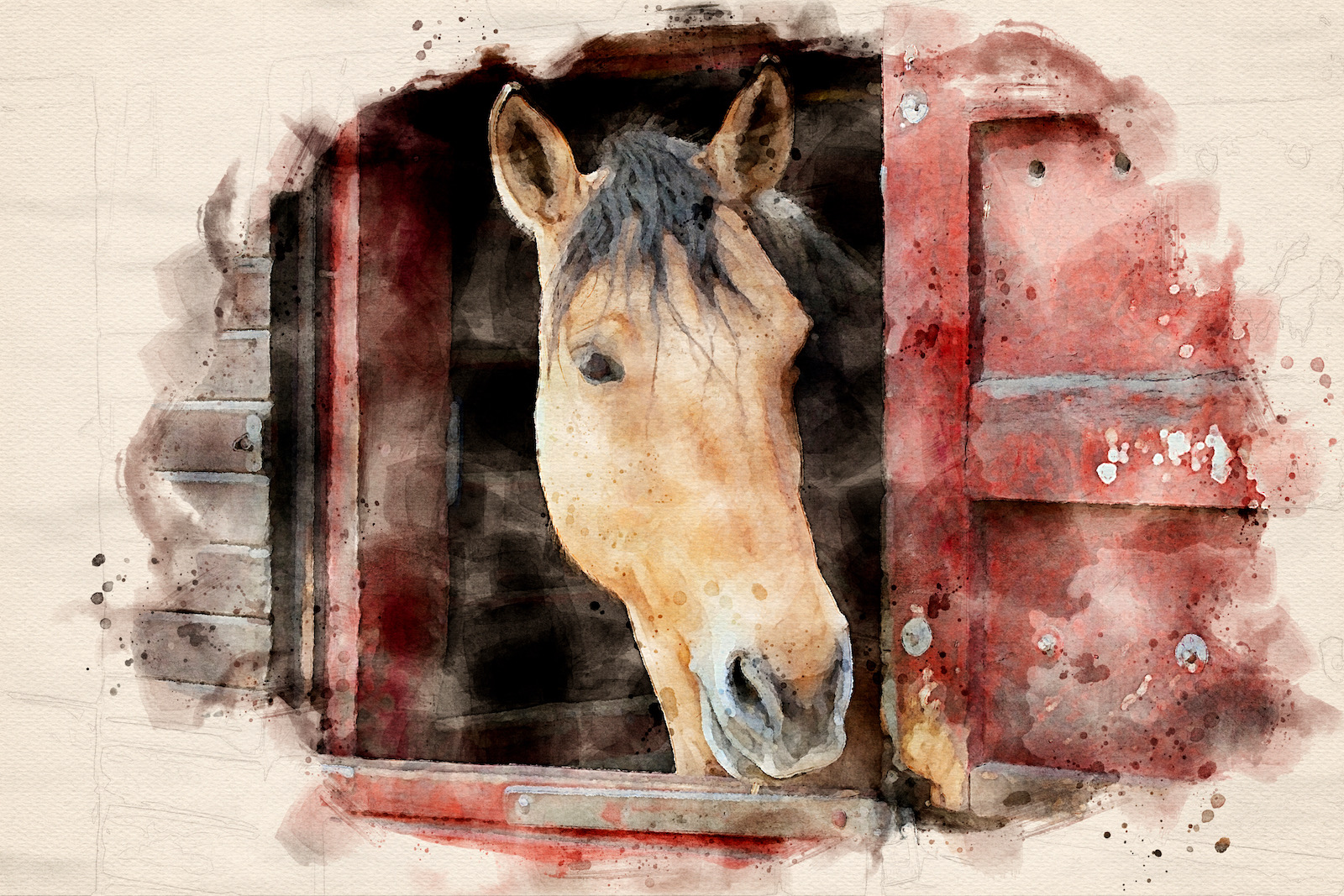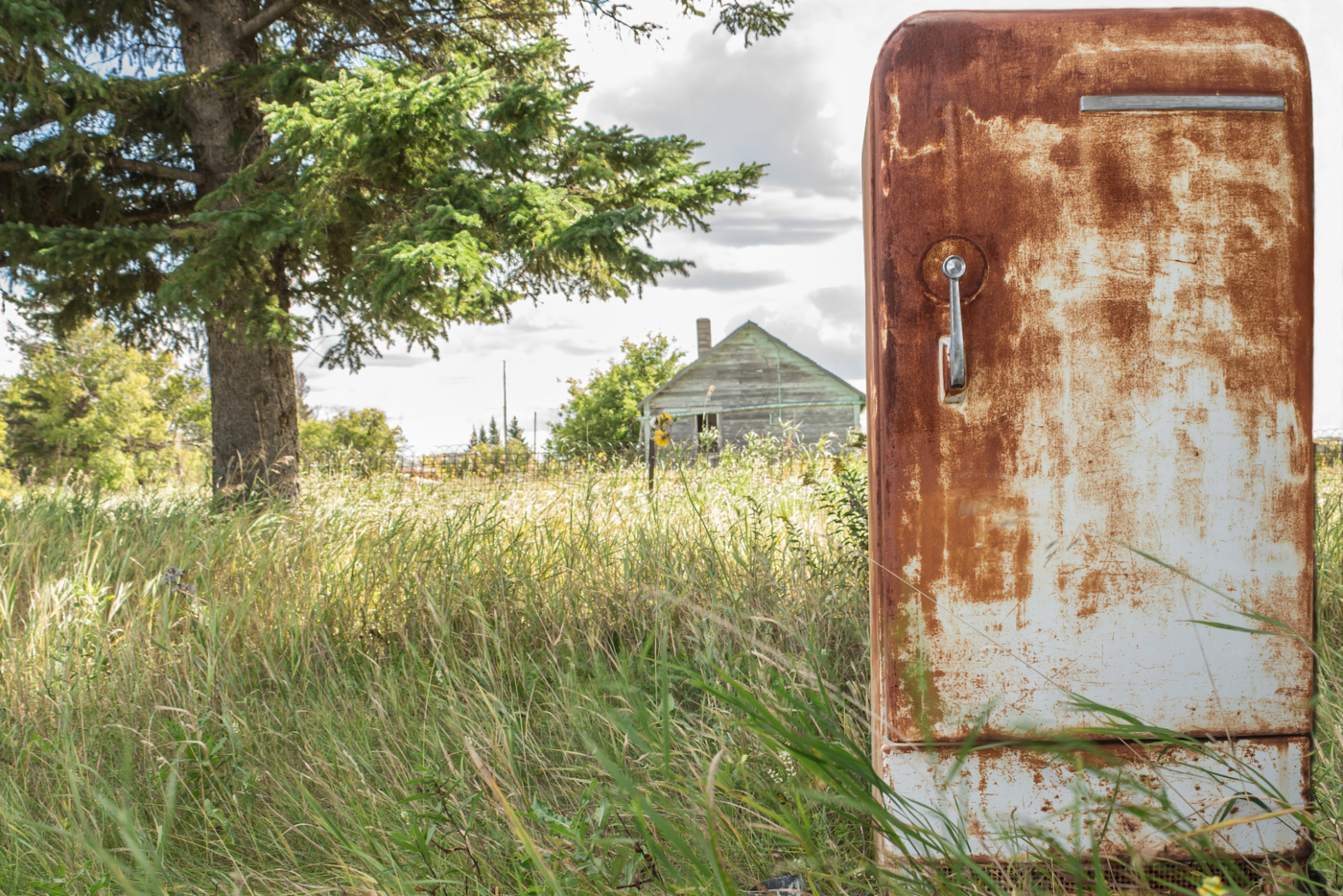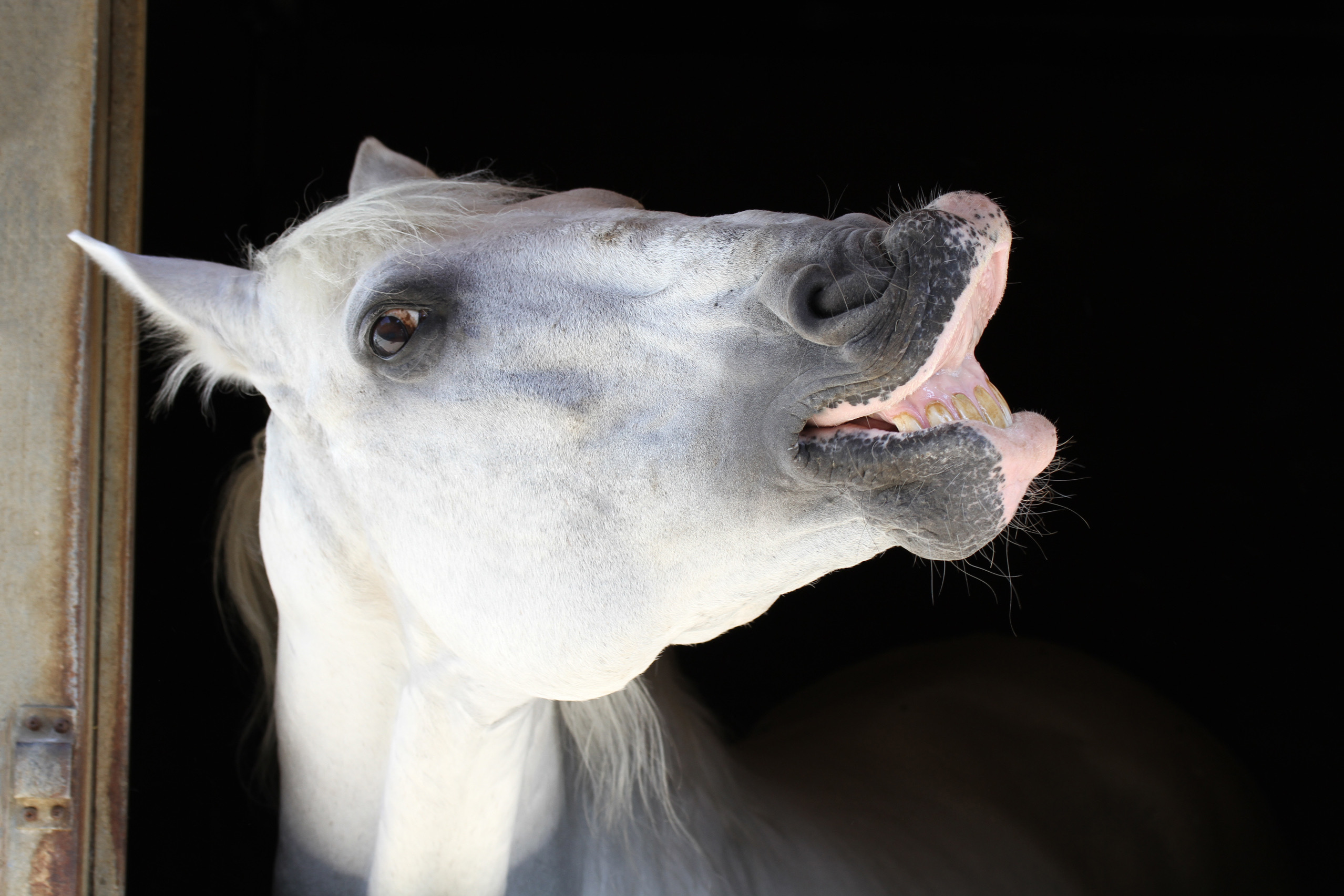Accurately diagnosing injuries in horses can be frustrating, since they’re often hesitant to let the vet know precisely where it hurts. Still, as frustrating as diagnosis can be, rehabilitation of an injured horse can be even more so. Gingerly trotting a 1200 pound athlete that has been on stall-rest and hand-walks for several weeks (or months) can be akin to a scene from How to Train Your Dragon, and a lack of turnout can leave them fried, fiery, and prone to fresh injury. We went on the hunt for a better option.
“Alexa, is there a way to redistribute weight and limit the range of motion in a horse’s limbs in order to keep pressure off a compromised tendon or ligament?”
And as it turns out, there is! Horsepower Technologies is a company dedicated to the scientific research and development of products used to treat and prevent lameness. It recently launched FastTrack™, a very techy looking orthotic that, per the company, “has been scientifically shown to limit over-extension of the horse’s fetlock joint, thereby significantly reducing strain on the injured flexor tendons and ligaments and reducing the risk of re-injury.” The orthotic must be custom fit to each horse by a vet, and acts and looks like a brace. It works by providing varying levels of resistance that restrict a horse’s joint flexion to a safe range. This means a faster and more complete recovery, and the ability to safely exercise and turn out during the rehabilitation period (insert raising hands emoji).
It sounds pretty revolutionary to us, so we asked long-time OR veterinarian and founder of Grand Prix Equine, Dr. Mark Baus, to give us the CliffsNotes.

“The key benefit of the FastTrack orthotic is that it allows the rehabilitating horse an opportunity to regain motion in a manner that enhances the recovery of most soft tissue injuries.” – Mark Baus, DVM
You believe FastTrack™is a device that will change how the industry deals with soft tissue injuries in horses. What is the currently accepted protocol or norm, and in what ways do you expect this to change?
Currently, a soft tissue injury might be injected with one of the regenerative therapy products. The two most popular regenerative therapies are Platelet Rich Plasma (PRP) and stem cells. PRP is produced from the horse’s own blood through a fairly simple process that can be performed at the stable. Stem cells can come from a variety of sources, most reliably from the horse’s own source of stem cells (most likely the bone marrow). Either solution would be injected into a tendon or ligament injury site by ultrasound guidance. After an appropriate rest period, the horse would be brought back into activity in a slow and deliberate way that is compatible with the site and scope of injury.
With the FastTrack™ orthotic, horses are able to resume activity sooner, and achieve higher degrees of activity than if they did not have the support of the FastTrack.
FastTrack™treats soft tissue injuries of the lower front limb only. How common are these injuries, and is there a specific riding discipline that seems to correlate closely with them?
Fortunately, these types of injuries are not common, but when they occur, a horse’s future riding career is in peril. The disciplines that are most affected are those with the highest degree of impact, so horses that run and jump are at greater risk, and the faster they run and the higher they jump, the more prone they are to a soft tissue injury.
Under what circumstances would you prescribe the use of FastTrack™versus previous methods, or in addition to previous methods?
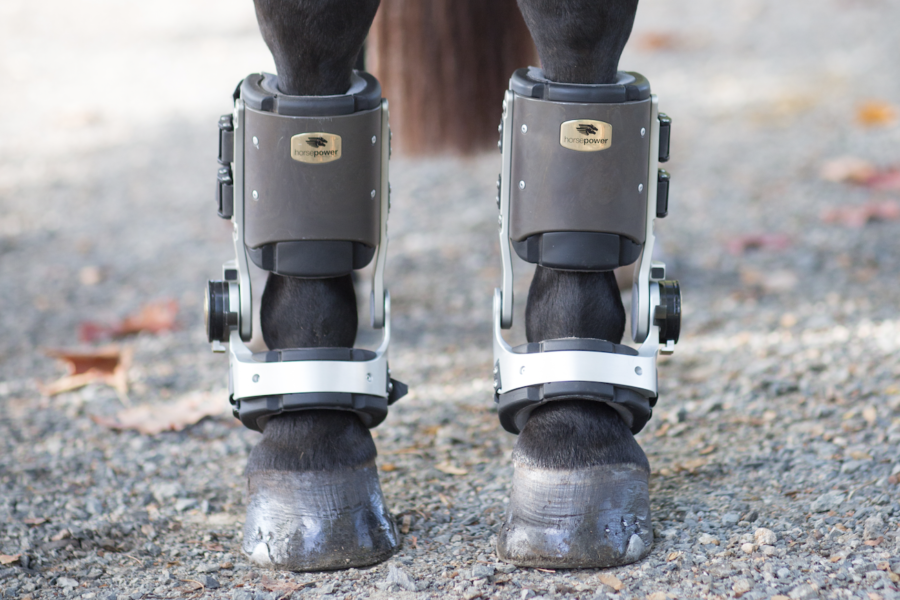
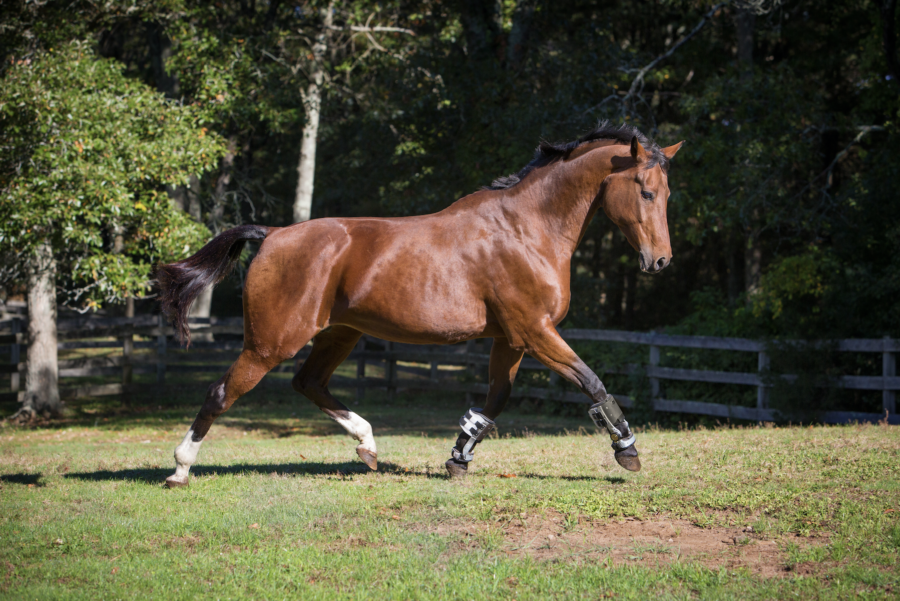
The system is meant to be used in accordance with a veterinarian’s recommended rehabilitation protocol. Can you provide a brief rundown of a typical treatment regimen?
The normal regimen will start with a two-week period in which the boots are applied once a day with little or no resistance. At first, the boots are applied while the horse is in the stall so they can get used to them. After a few days of this, the boots are applied and the horse is hand-walked for increasing amounts of time until he is ready to trot. From there, the rider might be able to get on the horse for more exercise. After time, the horse could even be ridden at the canter as a part of his rehabilitation. The boot is adjustable so that the amount of strain on the tendons and ligaments can be carefully selected. Controlled turn-out is also possible with the FastTrack™ orthotics applied.
What is the prognosis for an upper-level sport-horse that is treated with FastTrack™?
As you can imagine, recovery is quite variable and dependent on the severity and site of injury. A full recovery is entirely possible. However, some horses might need to move down a division depending on how the rehabilitation progresses.
FastTrack™is a very new technology. What has been yourspecific experience with it thus far?
I have only used it on one individual, and the client is pretty cool about sharing the story. The mare was able to move outside her stall for the first time in two years, which has been very satisfying. However, we may have overdone it so we backed off a bit, and are just now resuming further activity. It was entirely my fault. In short, we advanced her activity way too quickly, including having the rider on within a month of wearing the boot. We’re fitting her with a new boot and starting over tomorrow. This time, much more slowly.
The customer service with Horsepower Technologies has been outstanding. Below is the new regimen that the company rep sent me for the first two weeks of rehabilitation:
Day 1 & 2: Walk 5-10 minutes 90 degrees
Day 3 & 4: Walk 5-10 minutes restricted setting (example 60 degrees)
Day 5 & 6: Walk 10-15 minutes at 90 degrees
Day 7 & 8: Walk 10-15 at restricted setting (50 degrees)
Day 9 & 10: Walk 15 minutes restricted setting (40 degrees)
Day 11 & 12: Walk 15 mins at restricted setting (30 degrees)
Day 13 & 14: Walk 20 minutes (30 degrees)
The burning question: what does the system cost?



